Ryanair admits to ‘churn negotiations’ with airports, calls for tax reductions
Ryanair has pressured airports across multiple European countries to reduce their fees and/or taxes.
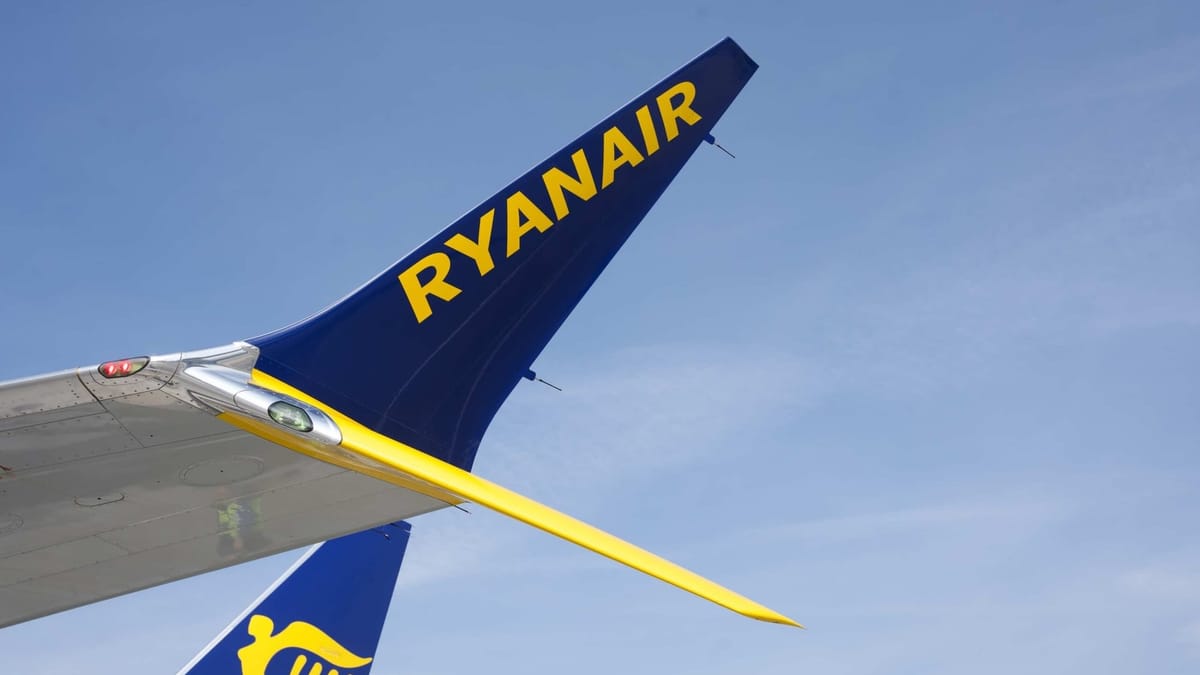
Michael O’Leary, the Chief Executive Officer (CEO) of Ryanair, admitted that the recent threats of removing capacity from many airports across Europe were part of the low-cost carrier’s “churn negotiations” tactics to convince regional authorities and/or airports to reduce taxes.
In a pre-recorded questions and answers session following the publication of Ryanair’s H1 FY26 financial results, O’Leary – who, for some reason, had a tank in his background – said that the airline is involved “in much more churn negotiations with airports.”
“Now, some people have commented recently, why are we fighting with regional Spain? We are fighting with Germany, we are fighting with Austria. That is part of our job.”
O’Leary added that Ryanair’s job is to “convince these governments in these airports” that they have to reduce or abolish “environmental taxation” on airlines, and reduce their high costs if they want to grow.
“Otherwise, you are facing steep declines, and they are suffering steep declines in Austria and in Germany, and now in regional Spain as well.”
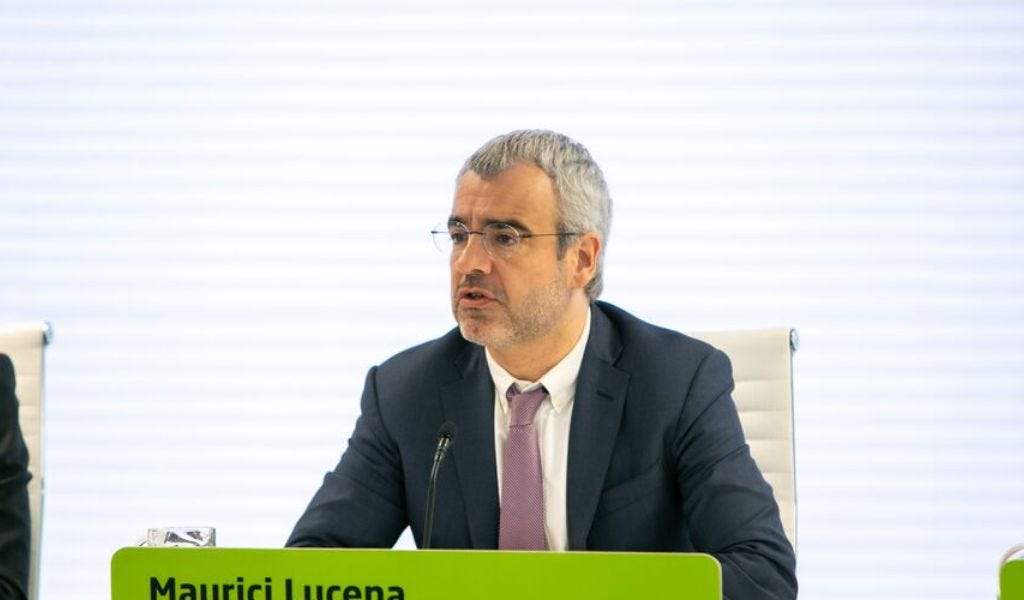
According to the CEO, Ryanair is allocating that capacity to “those regions or countries that have abolished environmental taxation and airports that are reducing fees or incentivizing growth.”
However, worth noting is that the European Union (EU) will impose union-wide environmental taxes, or rather, has reduced allowances for airlines and airport operators in 2025. These allowances, “giving the right to emit one tonne of CO2 equivalent,” are sold in auctions and can be traded between airlines.

While the EU has allocated some allowances for free, these have been reduced by 50% in 2025, and full auctioning will be implemented in 2026.
Failing to cover emissions with allowances carries a “€100 [$115.1] penalty for each tonne of excess emissions.”
Nevertheless, O’Leary detailed that the low-cost carrier is growing in six countries, including Morocco, “where we are switching that capacity already.” From summer 2026, Ryanair will offer its customers over 2,500 routes, including two new bases at Tirana International Airport (TIA) and Trapani–Birgi Airport (TPS).
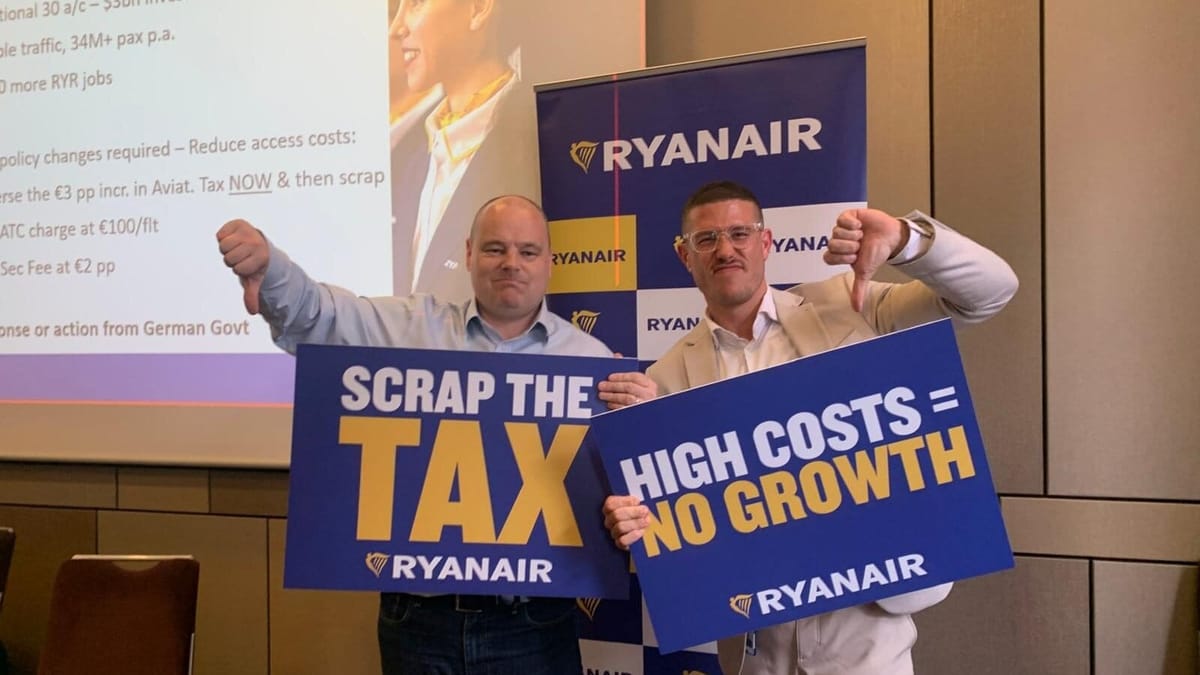
For the upcoming summer season, O’Leary is planning that the airline will receive at least six more Boeing 737 MAX 8-200 aircraft. Ryanair, which has six 737 MAX 8-200s left in its backlog, should receive two in November and the following four either in January or February.
This means that “for the first time in many years, we will have a full fleet compliment [sic] by the time we switch to the summer schedule at the end of” March 2026, O’Leary added, which will enable Ryanair’s passenger figures to grow by around 4% to around 215 million passengers in FY27, which will end on March 31, 2027.
The Irish low-cost carrier, which has subsidiaries in Malta, Poland, and the United Kingdom, is also anticipating the first deliveries of its 737 MAX 10 aircraft in the spring of 2027. Ryanair noted that Boeing’s “improved deliveries continued through” summer 2025 and into October, enabling it to carry extra passengers during H1 FY26, “and selectively add capacity over the peak October mid-term school holidays and into the Christmas/New Year peak travel period.”
Planespotters.net records showed that the Ryanair Group welcomed 23 737 MAX 8-200 aircraft between July 30 and October 14.
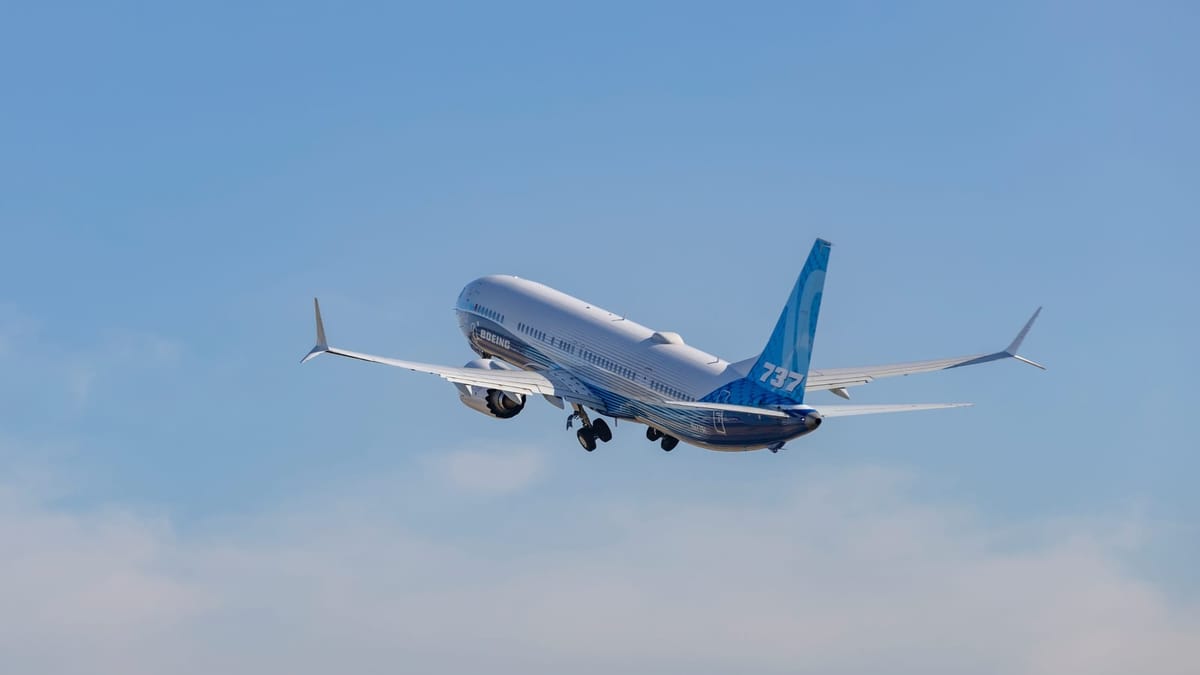
Ryanair ended H1 FY26 with a profit after tax (PAT) of €2.54 billion ($2.9 billion), with half-year revenues climbing to €9.82 billion ($11.3 billion) as the airline carried 119 million passengers. Unit costs rose only 1%, the airline highlighted.
Looking forward, the airline should end FY26, which will end on March 31, 2026, with 207 million passengers, which is 1 million more than its previous guidance, “due to earlier than expected Boeing deliveries and strong H1 demand.”
“While Q3 forward bookings are slightly ahead of PY, particularly across the October mid-term and Christmas peaks, we would caution that we face more challenging PY fare comps in H2, making fare growth more challenging.”
Ryanair’s average fare was €58 ($66.7) during H1 FY26, up 13% year-on-year (YoY). O’Leary attributed the 13% bump to a strong Easter travel period and a weaker prior year comparison. Revenue per passenger was up 9%, according to the group’s CEO.




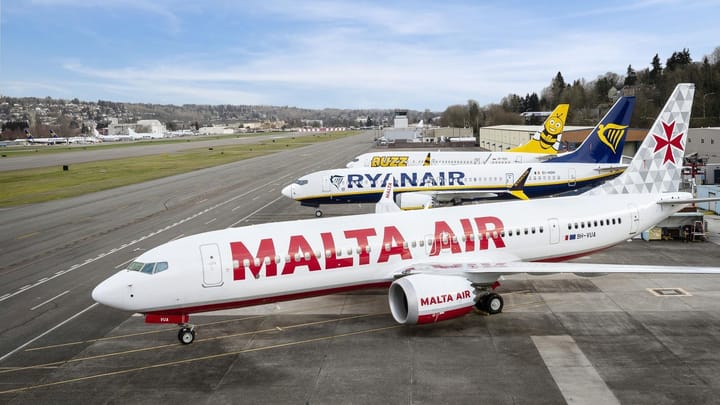

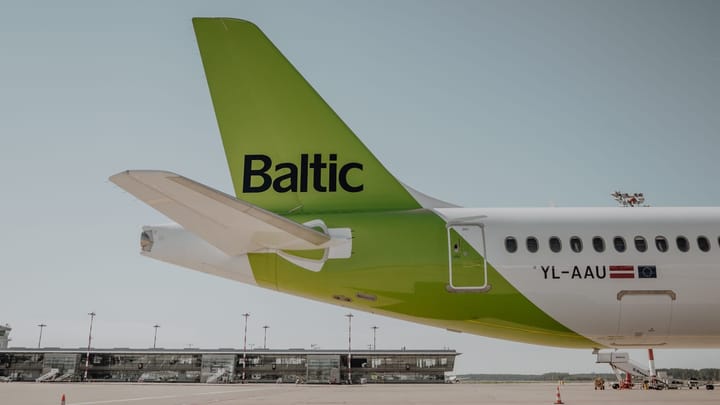
Comments ()